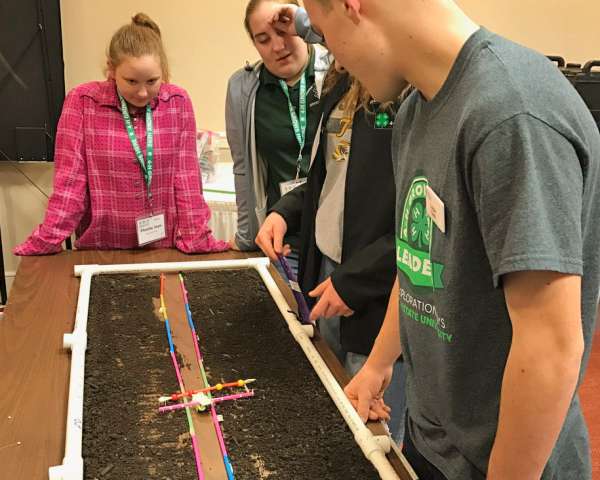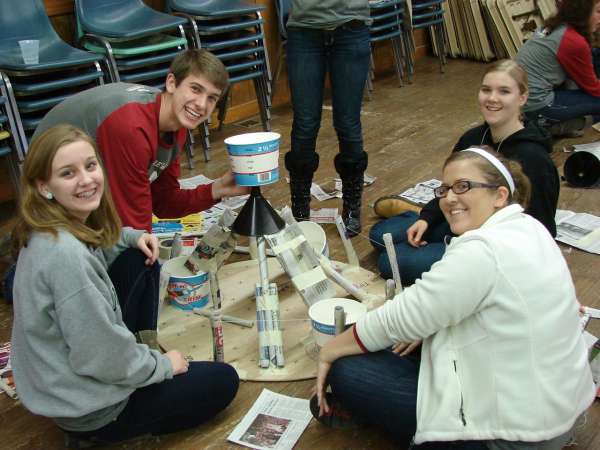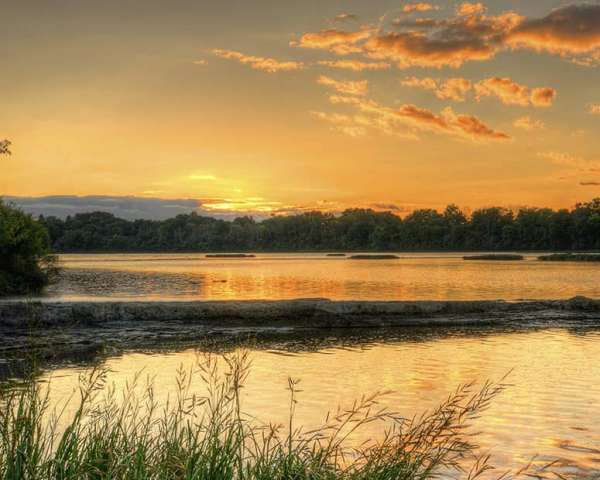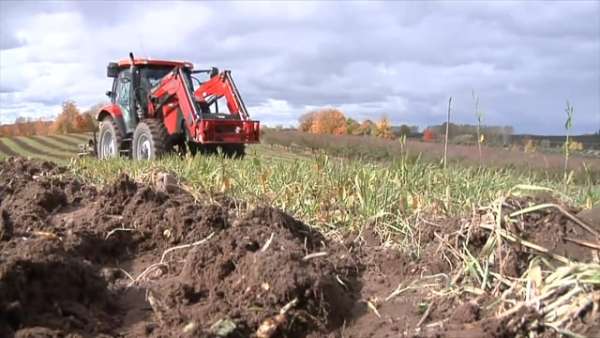Water Windmill Challenge
Lessons
# Lesson 2
Students follow an engineering design process to create a derrick that supports the weight of a wind-powered electric generator and sits high enough above the tree line to catch prevailing winds.
Files
Teacher background
Agriculture innovation is increasing the efficiency of water usage needed to produce food while enabling fewer farmers to feed a growing population. Over the past 45 years, the human population has doubled. If current growth rates continue, in 80 years the U.S. population will be twice what it is now. Today, one U.S. farmer is able to feed 155 people and is the leading producer of more than 50 foods of importance to diets around the world. Technology and innovation drives the ability of agriculture to feed more people on fewer acres while becoming more sustainable for future generations. Every person and industry leaves a water footprint. The agriculture industry is reducing its water footprint through advancements in plant and animal genetics, engineering solutions, and adoption of alternative energy sources.
Supplementing existing surface water sources is a real problem for livestock and crop farmers in the Midwest. Looking below the earth’s surface to tap into ground water resources, allows farmers to continue to provide the water needed for their families, crops and livestock.
Advances in technology have made this easier. The traditional, mechanically powered windmills that dotted the land 150 years ago are being replaced by high-efficiency wind turbine generators. Sleek, aerodynamic designs with curved blades and heavy, gearless wind turbine motors generate power to pump water quickly and efficiently.
The notion of harnessing the wind as an energy source is not new. In fact, many early settlers used mechanically powered windmills for water pumping. Today, most windmills have transitioned from mechanical power to include a small turbine to generate electricity, which powers an electric water pump. Generally speaking, the higher the tower, the more power a wind system can produce (U.S. DOE, 2014). As a result, wind towers have evolved over time from traditional derrick style towers to modern tubular structures capable of reaching the more powerful winds at elevated heights. However, for the purposes of this learning activity we will utilize engineering principles to maximize the potential of the traditional derrick style tower. See this page at energy.gov for more info.
Next gen science standards
Science and engineering practices
- Asking questions (for science) and defining problems (for engineering)
- Constructing explanations (for science) and designing solutions (for engineering)
Disciplinary core ideas/content
- LS2A Interdependent relationships in ecosystems
- LS2C Ecosystem dynamics, functioning and resilience
- ETS1 Engineering Design
- ETS1A Defining and Delimiting an Engineering problem
- ETS1B Developing possible solutions
- ETS1C Optimizing the design solution
- ETS2 Links among Engineering, technology, science and society
- ETS2A Interdependence of science, engineering and technology
- ETS2B Influence of engineering, technology and science on society and the natural world





Share this